The Importance of Visuals in Academic Papers
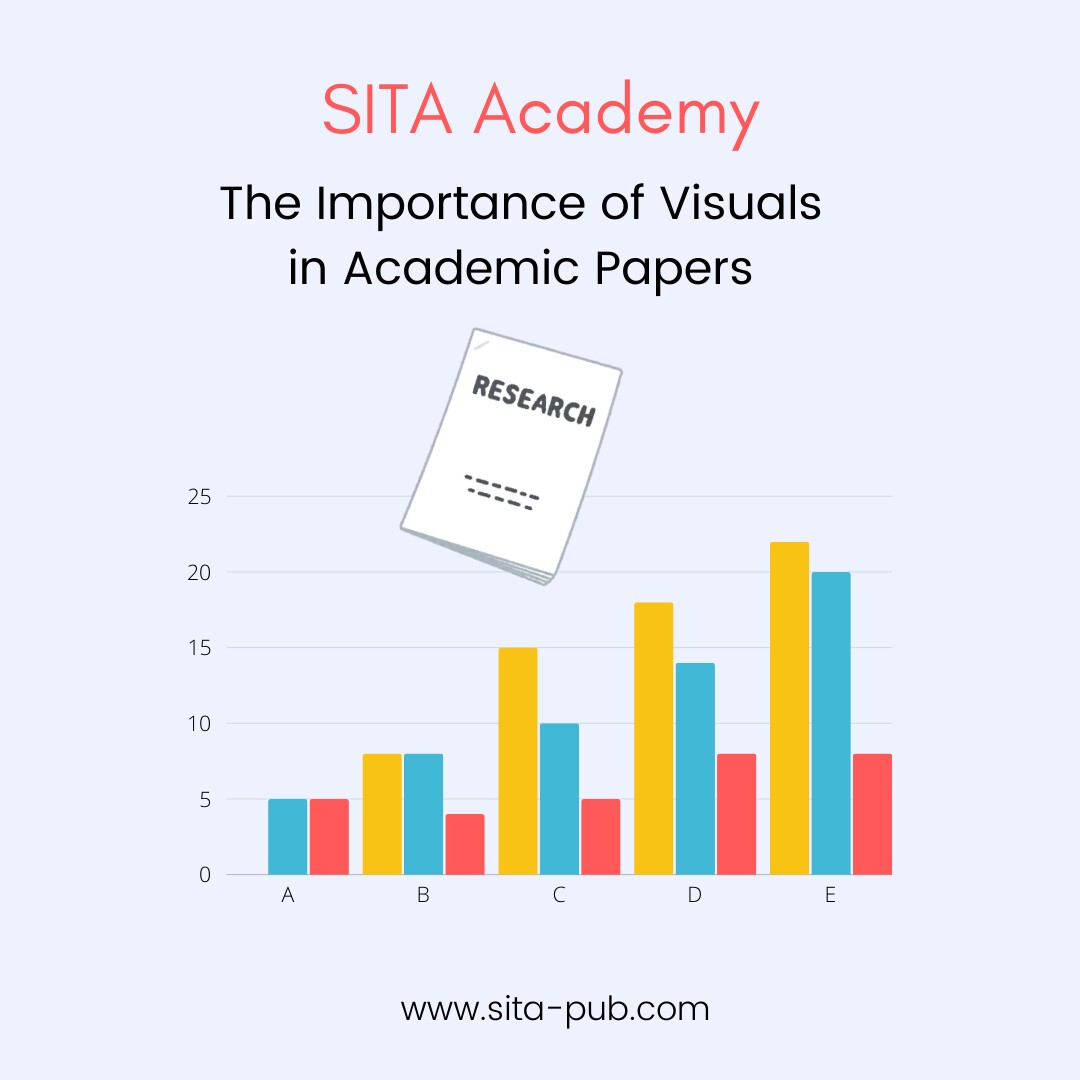

Visuals in academic writing are very important. They help readers understand information better and keep them interested. The importance of visuals in academic papers is clear: they make complex information easier to grasp. This guide looks at different types of academic visuals, their benefits, common mistakes, and how to use AI tools to create effective graphics.
Visuals come in many forms, each serving a specific purpose:
Graphs and charts show numerical data clearly.
Line Graphs show changes over time, like temperature increases.
Bar Graphs compare different groups, like health statistics.
Pie Charts show parts of a whole, like budget allocations.
Scatter Plots display relationships between two things, like study hours and test scores.
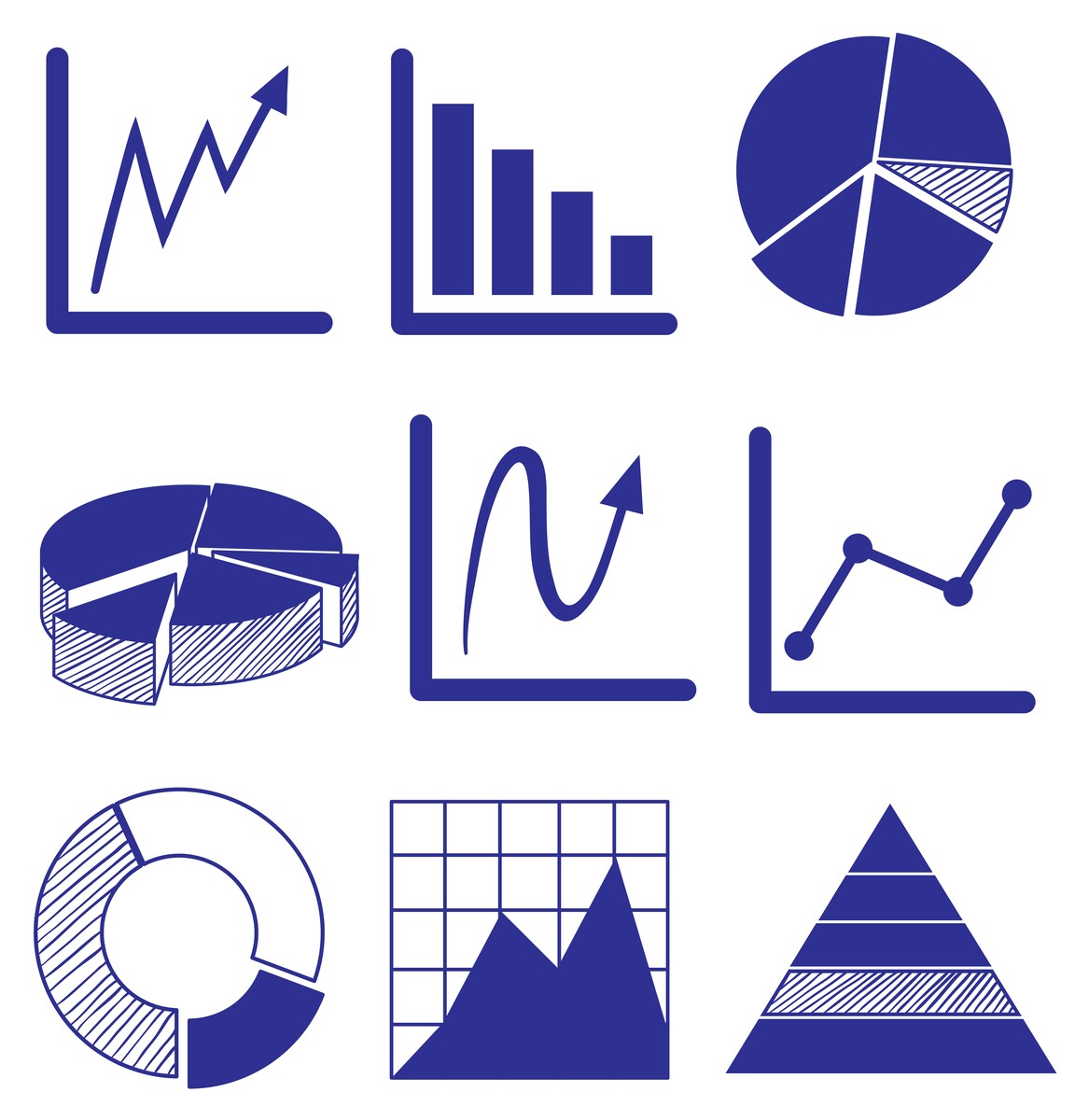
These tools explain complex processes.
Flowcharts show steps in a process, helping clarify research methods.
Process Diagrams explain systems, like the water cycle.
Network Diagrams show connections, like social relationships.
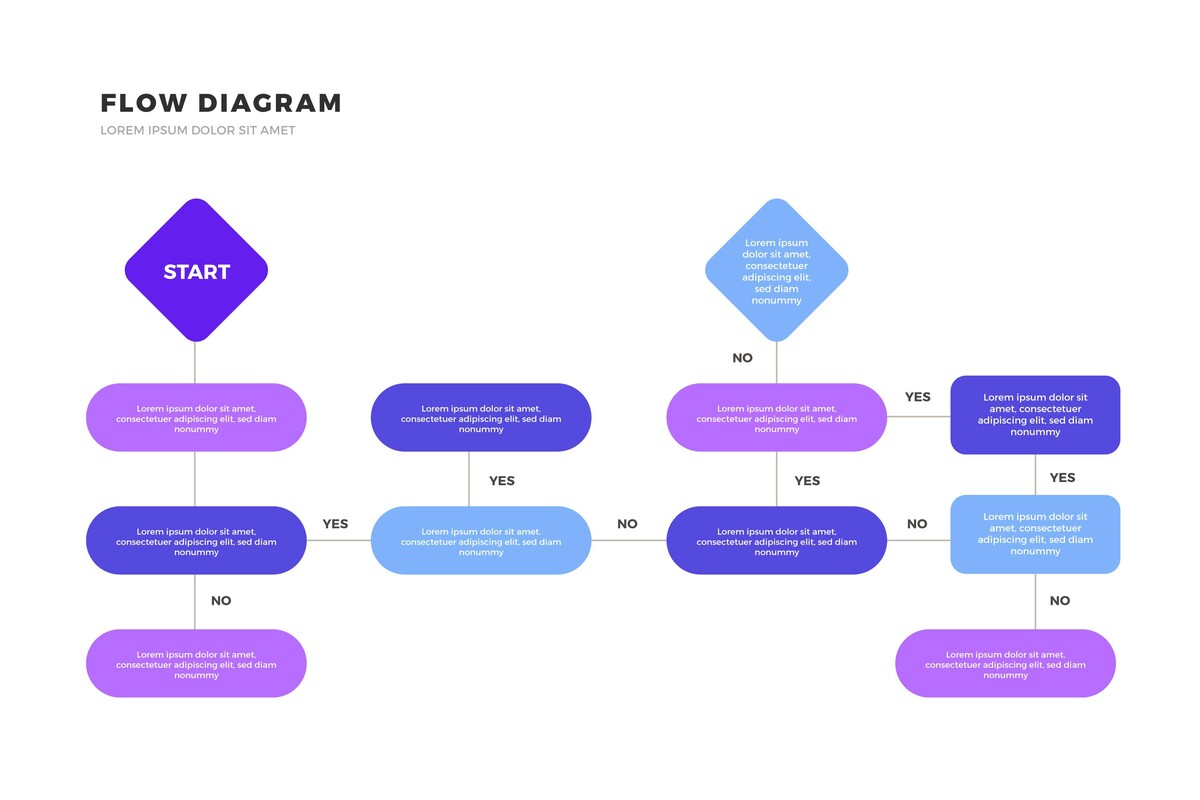
Infographics summarize information in a visual way.
Data-driven Infographics present key statistics clearly.
Conceptual Infographics visualize complex ideas, like evolution.
Timeline Infographics show historical events over time.

Maps are important for showing geographical data.
Choropleth Maps use colors to show data across regions.
Dot Maps display specific data points, like where species live.
Flow Maps illustrate movement patterns, like migration.
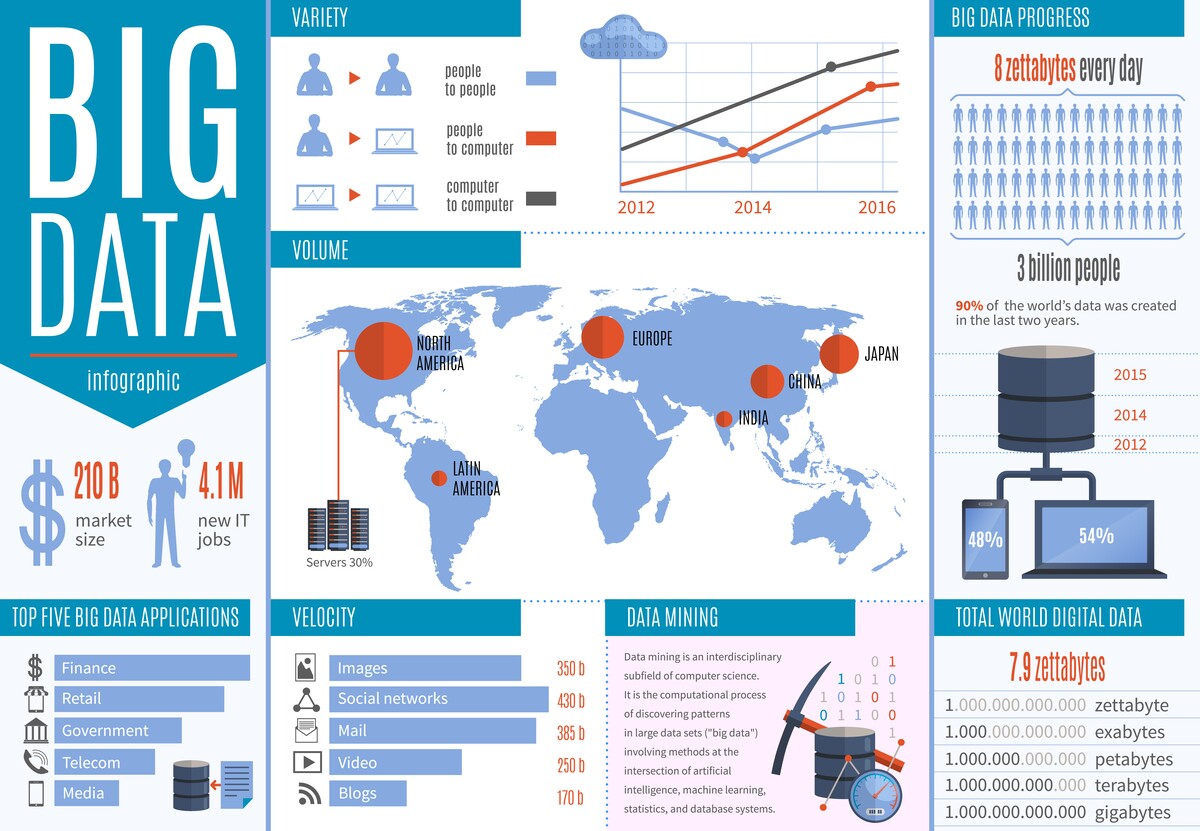
These provide context and support findings.
Microscopic Images show details in biology, helping understanding.
Architectural Drawings visually represent design ideas.
Historical Photographs provide context and evidence for research.
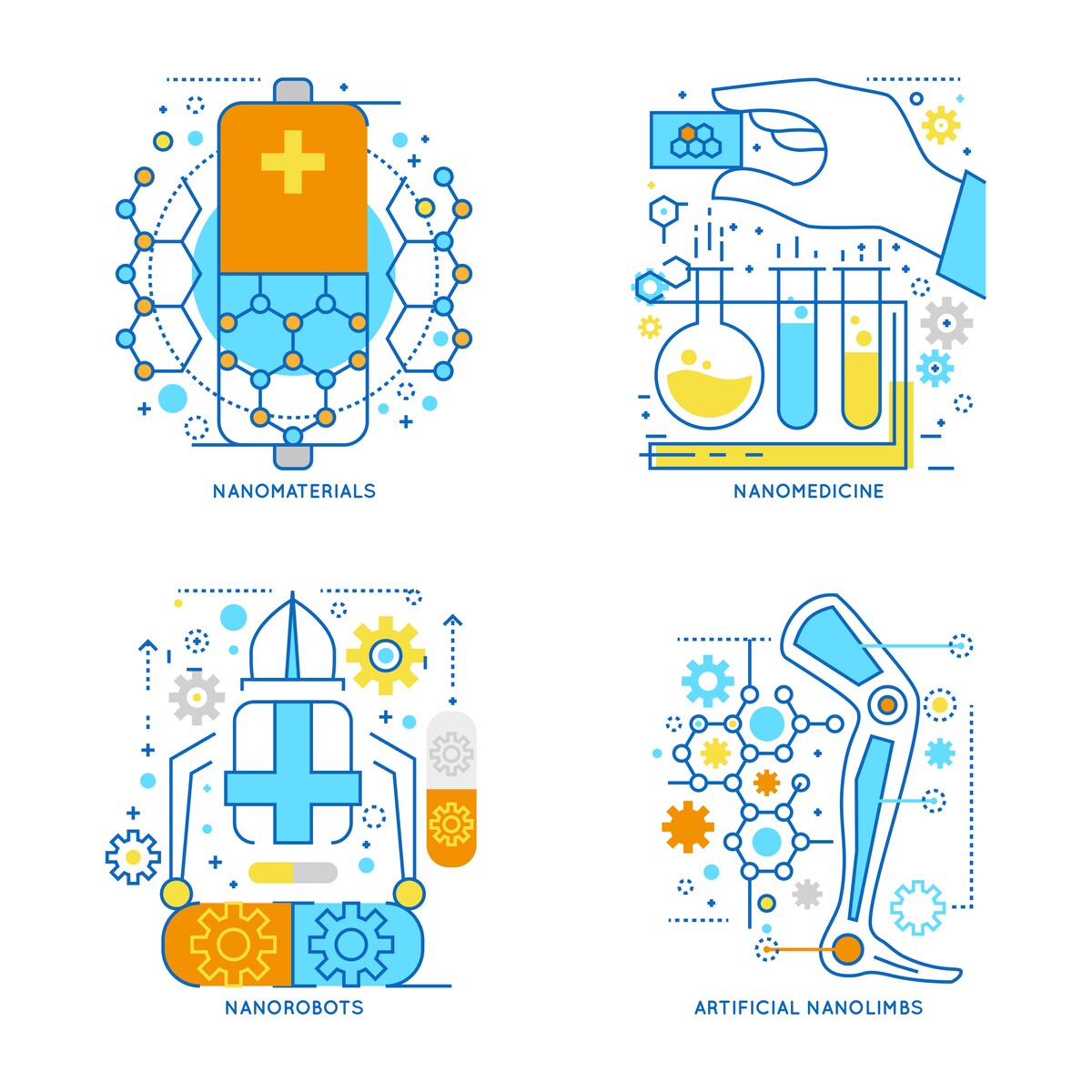
Using visuals in academic papers has many benefits:
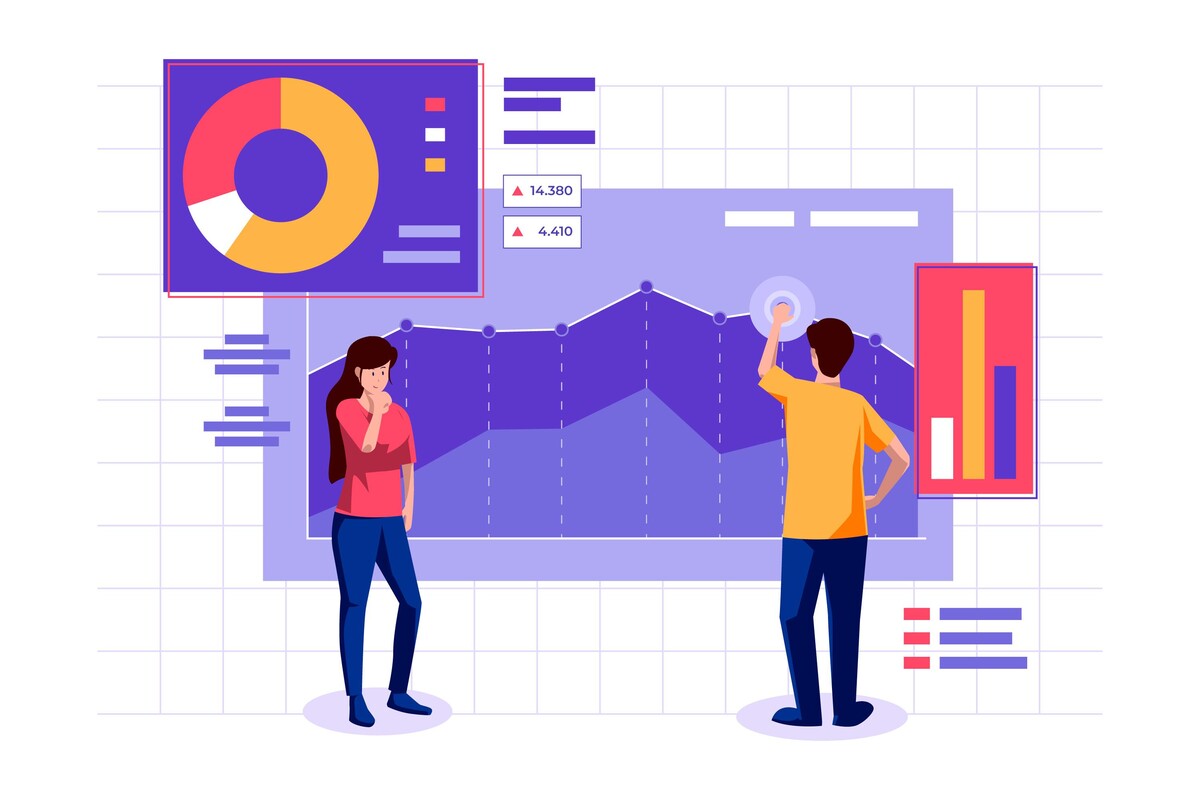
Visuals make complex information easier to understand. They enhance clarity, especially in difficult subjects.
People remember visual information better than text alone, making visuals essential for academic writing tips.
Visuals break up long text and keep readers interested, especially in longer papers.
Graphs and charts reveal trends and connections that text might miss. This shows the power of visual communication in research.
Papers with appealing visuals are more likely to be shared and cited, helping reach a wider audience.
Even with benefits, researchers often make mistakes:
Too many elements can confuse readers. Aim for simplicity to highlight key points.
Ensure visuals accurately reflect the information. Wrong scales can mislead readers.
Using low-quality images looks unprofessional. Always use clear, high-quality visuals.
Mixing different styles can confuse readers. Keep a consistent design for better understanding.
You can use modern AI tools to help create visuals:
Tableau: Great for making interactive charts.
Power BI: Creates engaging reports.
Google Data Studio: A free tool for data visuals.
Canva: Easy to use with various templates.
Piktochart: Offers customizable infographic options.
Visme: Combines infographic and presentation tools.
Adobe Photoshop: For professional image editing.
GIMP: A powerful free option.
Adobe Illustrator: Ideal for high-quality graphics.
Luminar AI: Enhances photos with AI.
Topaz Labs: Offers tools for improving images.
Deep Dream Generator: Creates artistic images from photos.
To make visuals impactful, consider these strategies:

Select the appropriate type based on your data. Use bar graphs for comparisons and line graphs for trends.
Avoid complexity that can confuse. Focus on clarity to ensure the main points are clear.
All visuals should be clear and professional. Invest in quality for better credibility.
Every visual needs captions and labels for better understanding.
Visuals should fit the paper's flow. Mention them in the text to highlight their relevance.
Choose colors that enhance clarity and avoid distractions. A consistent color scheme supports the message.
Make visuals accessible to all readers, including those with visual impairments. Use high-contrast colors and provide descriptions for images.
Including well-designed visuals can greatly improve the clarity and impact of academic work. By using modern AI tools and following best practices for academic visuals, researchers can create effective graphics that enhance their papers and engage their audiences. As academic publishing evolves, the importance of visuals in academic papers will continue to grow, making it essential for authors to improve their visual communication skills.
By applying these strategies, academic writers can ensure their research stands out and contributes meaningfully to their fields.
SITA Academy offers expert formatting services to ensure your work looks professional and meets academic standards. We also format your tables, making sure they are clear and easy to read. Let us help you present your research beautifully.

If you have any questions, inquiries, or would like to learn more about our services, please don't hesitate to reach out to us. Our dedicated team is ready to assist you.